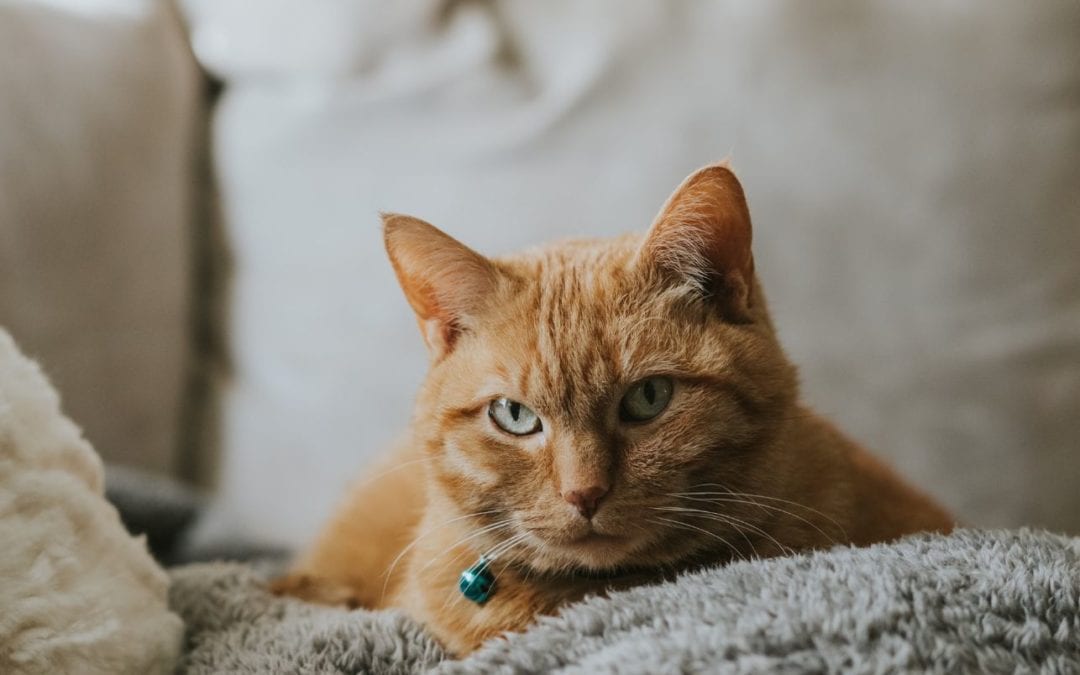The last Friday in April may not be as celebrated as Easter or Christmas, but that Friday is an important holiday for cat owners—Hairball Awareness Day. These wads of hair can accumulate in the digestive tract of any self-grooming animal, including rabbits, cattle—and llamas—but we’re focusing on our feline friends. Many cat owners believe hairballs are normal, but your cat shouldn’t be hacking up hairballs several times per week. Small piles of vomit mixed with fur are often mistaken for hairballs, so owners aren’t concerned about a possible underlying problem. But, serious medical issues can cause excessive hacking and regurgitating of fur, including:
- Allergies
- Fleas
- Pain
- Inflammatory bowel disease (IBD)
- Intestinal blockage
If your cat is grooming herself more than usual, she may have a flea problem, arthritis pain, or food or environmental allergies. As your cat ingests excessive amounts of hair, some may not pass through the gastrointestinal (GI) tract, and form into a hairball. The hairball will continue to grow and can become lodged in the intestines, which may require surgical removal, or laxative treatment, to coax out the hairball. Emergency care is needed if your cat is lethargic, refusing to eat, retching without producing anything, or vomiting.
How to prevent hairballs in your cat
Armed with the understanding that hairball accumulation can be severe in cats, here are some ways to reduce hairball formation:
- Brush your cat regularly, as often as daily for long-haired cats.
- Amp up your grooming routine during the shedding season.
- Consider professional grooming for your cat to reduce shedding.
- Encourage your cat to drink more water to help keep the GI tract functioning properly.
- Play frequently with your cat, to reduce boredom and stress-related grooming.
- Talk to our team about supplements, treats, and diets that may help your cat.
The most dedicated cat owners may not be able to eliminate hairball development, especially in long-haired breeds, but following these tips can greatly reduce your cat’s risk.
Does your cat’s lustrous, long coat create an impressive number of hairballs? Contact us for advice on reducing hairball production.


